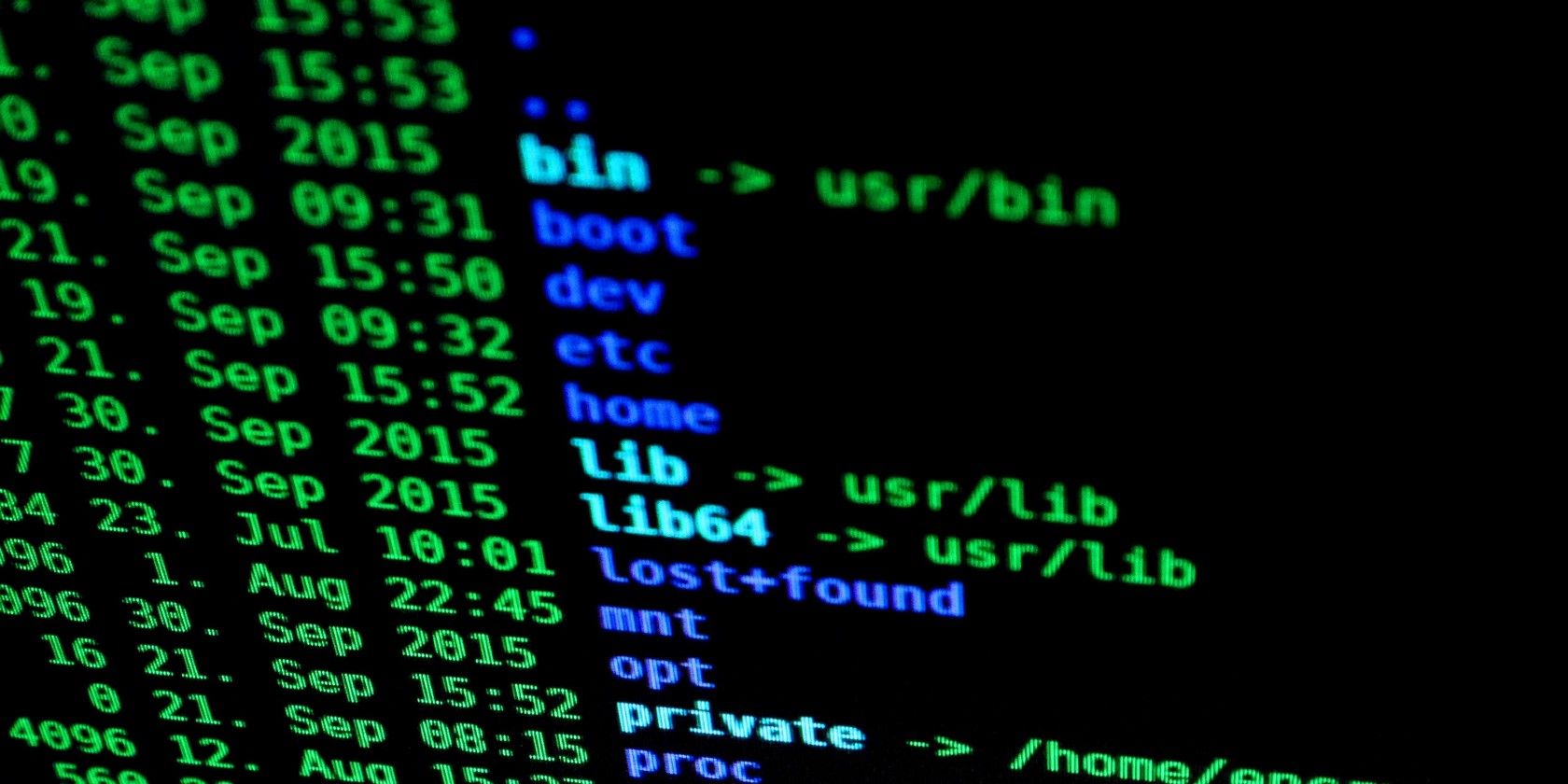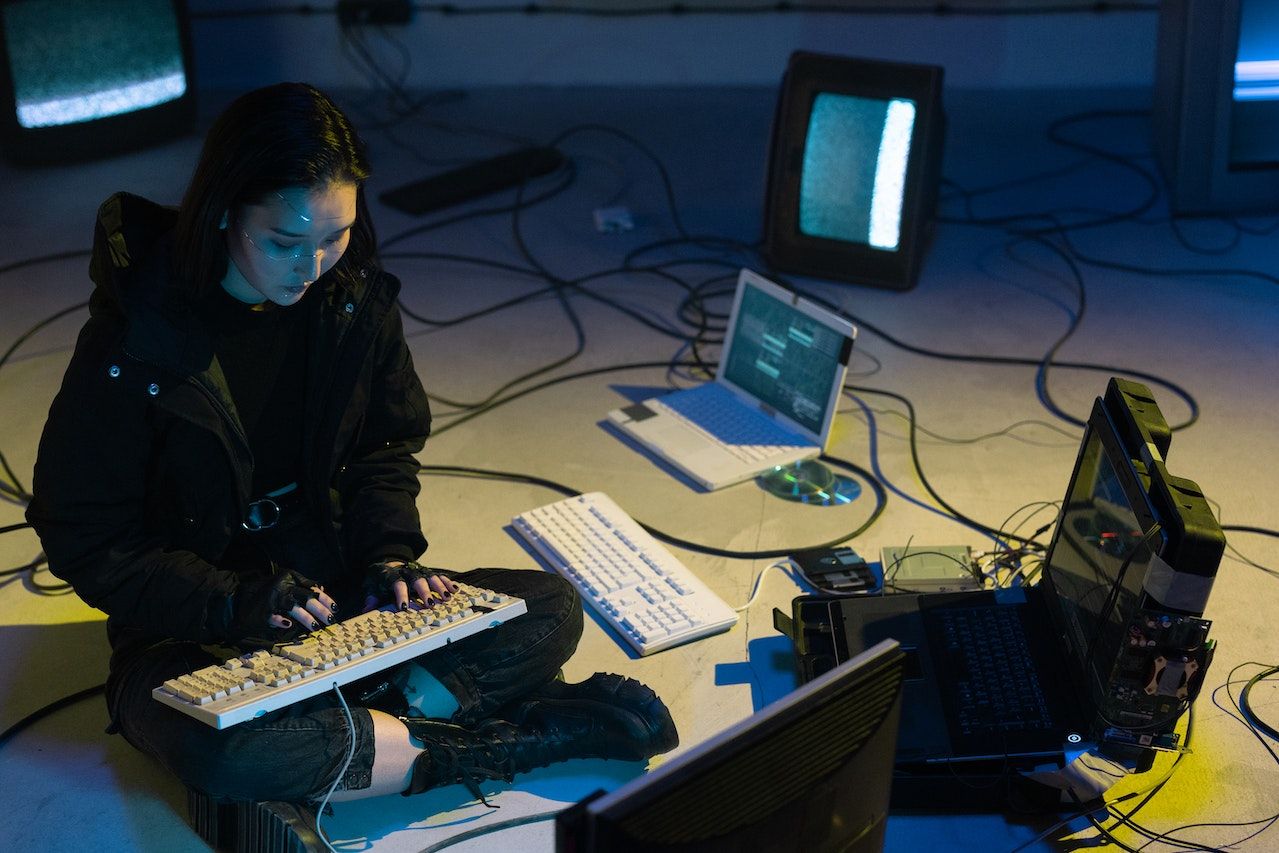DLL hijacking is a common and difficult-to-detect cyberattack that allows hackers to execute malicious code using a Dynamic Link Library file. This type of attack can be used for data exfiltration, privilege escalation, and establishing persistence on an account, making it a serious threat to organizations and individuals alike.
So what actually is DLL hijacking? How can you stop yourself falling victim?
What Is a DLL File?
DLL stands for Dynamic Link Library. The Dynamic Link Library file contains instructions and rules that other programs on a computer or device use to run and function efficiently.
A DLL file is like a manual for assembling a toy. This manual contains all the instructions you need to build and assemble it. The great thing about it is that the manual is written in such a manner that another person can read it and assemble their own toy.
This is how a DLL file works. More than one program shares a DLL file because they contain instructions that can be used for other programs. A DLL file might contain instructions for displaying a certain type of image on the screen, or for connecting to a database.
DLL files are used on Windows operating systems and have the .dll extension attached to them.
What Is DLL Hijacking?
DLL hijacking is a cyberattack that allows an attacker to execute malicious code by replacing legitimate DLL files with malicious ones. This attack is difficult to detect and prevent because it often involves the use of legitimate files and processes. Almost all programs on your computer use one or more DLL files and many are loaded once you start your computer. If a malicious DLL file is executed on your system, it will most likely lead to a breach.
There are several ways that DLL hijacking can occur, such as through phishing or social engineering tactics that trick the user into downloading and executing a malicious file. Once this file is executed, it can exploit vulnerabilities in the system or the program that utilizes the DLL file, allowing the attacker to steal data, escalate privileges, or take control of the system.
DLL hijacking can be particularly dangerous because it operates unnoticed and can cause significant harm. It is important to be aware of this type of attack and take steps to protect against it.
How Does DLL Hijacking Work?
A typical DLL hijacking attack works like this:
- The cyberattacker identifies a program that loads DLL files dynamically, rather than linking to them statically at compile time.
- The attacker determines the search order that the program uses to locate DLL files. This might include the current working directory, the system directory, and other directories specified in the PATH environment variable.
- The hacker places a malicious DLL file in a location that will be searched by the program before the legitimate file. For example, they might place the malicious DLL in the current working directory if the program searches the current directory before the system directory.
- When the victim runs the program, it will attempt to load the required DLL file. Since the malicious DLL is located in a directory that is searched before the legitimate one, the program will load the malicious DLL instead.
- The malicious DLL can then execute any code that it wants, potentially allowing the attacker to take control of the victim's machine.
DLL hijacking can also occur due to social engineering and phishing attacks instead of the hacker already being in the system. An unsuspecting person might be deceived into downloading a malicious document. Since the name remains unchanged, the operating system suspects nothing. An attacker in the system can also inject code into an already existing DLL file and change the way the file is supposed to function, aiding the cyberattack.
DLL hijacking attacks can be very dangerous. They can be used to:
- Steal sensitive information, such as login credentials or financial data.
- Take control of the system and execute arbitrary code.
- Use the compromise to attack other systems or networks.
- Establish persistence on the system, allowing the hacker to maintain access even after a user logs off or the system is restarted.
- Escalate privileges, allowing the hijacker to access areas of the system that they would not normally be able to.
How to Prevent DLL Hijacking
DLL hijacking attacks can be avoided by adhering to the following procedures.
Make Use of Fully-Qualified Paths
DLL hijacking occurs because a malicious DLL file is placed in a location that is searched by Windows before the legitimate file. Using fully-qualified paths when loading DLLs can prevent Windows from searching for DLLs in unexpected locations.
Only Use Trusted Software
Only use software that is digitally signed and verified by a trusted source. This shows that the software has not been tampered with. Also, ensure that your software and operating system are always up-to-date, meaning any known vulnerabilities are patched.
Another recommendation is to use application white-listing, which allows only specified programs to run on the system; this helps to prevent any untrusted application from running.
Use of Firewall and Antivirus
It is important to use a firewall or other security software like an antivirus to prevent unauthorized access to your system and constantly monitor it for any suspicious or malicious activity.
Implementing Proper Access Controls
Another important practice that can help prevent DLL hijacking is to use access controls on the directories where DLL files are stored. This can help ensure that only authorized users are able to read or write to these directories, and can prevent an attacker from placing a malicious DLL in a directory where it can be loaded by a vulnerable program.
Also avoid using administrator or privileged accounts to run software, especially untrusted third-party apps.
Other prevention methods include conducting regular security audits on your systems to check for any potential vulnerabilities and security-conscious programming.
Implement Good Security Posture
Having a good security posture in your organization not only prevents attacks like DLL hijacks but also keeps your organization safe from other cyberattacks. It is important to carry out security awareness training regularly, keep systems up to date, and carry out other security best practices to keep your organization secure.



